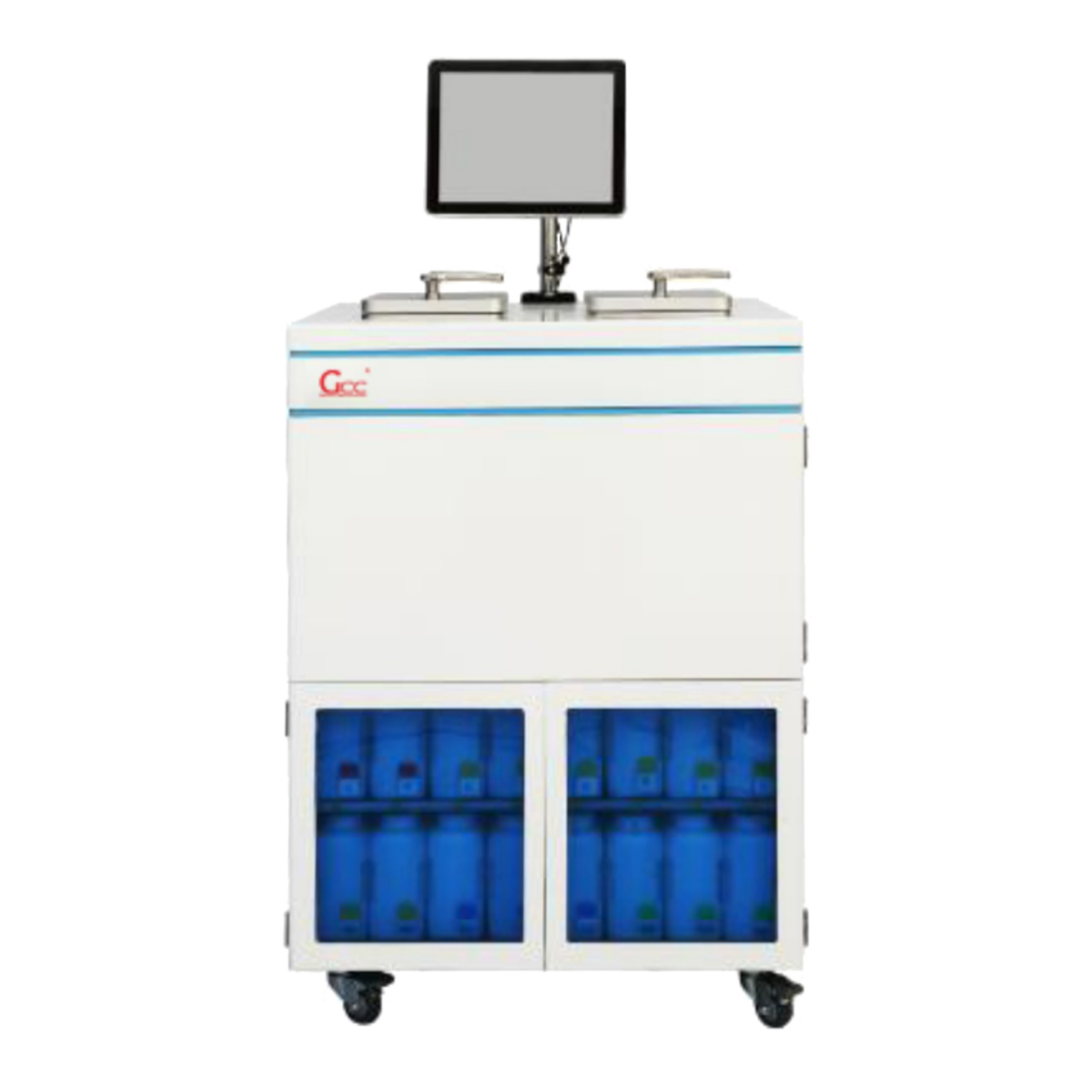Introduction
Modern histopathology laboratories rely on precise and consistent tissue preparation to deliver accurate diagnoses. The automatic tissue processor automates the entire process of dehydration, clearing, and paraffin infiltration, ensuring that every tissue sample is perfectly prepared for microscopic examination and reliable diagnostic evaluation.

What Is an Automatic Tissue Processor?
An automatic tissue processor prepares biological tissue samples for histopathological analysis. It replaces manual handling by automating the critical steps needed to embed tissue in paraffin, preserving both cellular morphology and structural integrity.
Main types include:
Bench-top automatic processors – ideal for small and medium-sized laboratories.
Floor-standing or vacuum processors – designed for large workloads and deeper paraffin infiltration.
How Does an Automatic Tissue Processor Work?
An automatic tissue processor performs the essential steps of tissue preparation in sequence:
Fixation: It stabilizes the tissue structure and prevents decomposition.
Dehydration: It removes water step by step using graded alcohol solutions.
Clearing: It replaces alcohol with a solvent such as xylene.
Paraffin Infiltration: It impregnates the tissue with molten paraffin wax for embedding.
By automating these steps, the tissue processor ensures consistent results, minimizes human error, and accelerates the entire workflow.
Advantages of Using an Automatic Tissue Processor
The automatic tissue processor enhances laboratory performance through the following benefits:
Processes multiple samples simultaneously to increase productivity.
Standardizes sample preparation for reproducible and reliable results.
Saves time by eliminating manual, repetitive tasks.
Protects users with an enclosed system that limits exposure to hazardous chemicals.
Tracks every operation through digital logs and intelligent monitoring systems.
With these capabilities, automatic tissue processors become indispensable equipment in modern histopathology laboratories.
Maintenance Tips
To maintain optimal performance, laboratory personnel should:
Clean reagent containers and paraffin reservoirs regularly.
Replace alcohols, clearing agents, and paraffin wax as required.
Calibrate temperature settings and verify software parameters periodically.
Update software and maintain accurate operation logs.
Following these practices ensures consistent tissue quality, prolongs equipment life, and maintains diagnostic reliability.
Conclusion
The automatic tissue processor streamlines histopathology workflows by automating critical sample preparation tasks. It allows laboratories to work more efficiently, produce consistent results, and achieve precise diagnostic outcomes—making it an essential tool for every modern pathology lab.
Call to Action
Looking for a reliable automatic tissue processor for your histopathology lab?
Contact us today to explore our range of advanced tissue processors and customized OEM solutions.